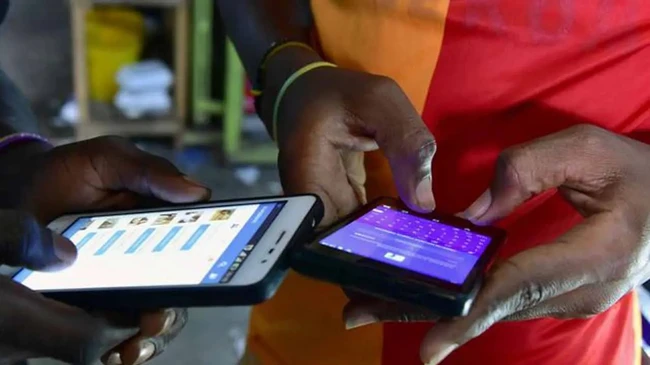Initiatives to make smartphones more affordable will gain momentum this year, as the race to get more people in Sub-Saharan Africa online heats up.
Kenechi Okeleke, director of regional, social and policy research at GSMA Intelligence, made that remark while highlighting telecoms market expectations for the region.
Sub-Saharan Africa remains the fastest-growing mobile region in the world.
The GSMA previously noted affordability of smartphones in the region as a challenge, highlighting it as the biggest barrier to getting people online.
To address this challenge, the telecoms industry body urged ecosystem players to make smartphone access more affordable, meaning a 3G-enabled smartphone should be available at the $50 price point, for example.
Speaking to ITWeb, Okeleke said there will be a shift in Sub-Saharan Africa, with this year an “exciting” one for the telecoms market.
Notably, Okeleke points to high expectations in regards to 5G network rollout, as well as increased access to low-cost smartphone devices in 2024 within the region.
“We expect to see the expansion of existing 5G networks. Operators in several countries that have already launched 5G in major cities will expand to second tier and possibly even third tier cities in 2024.”
According to Okeleke, more people online will have “significant” social and economic impact on society.
“Africa, with its very young population, will continue to see a lot of investment go into the development of digital content and services that appeal to young consumers in the region; for example, online gaming, the metaverse and applications.
“With the uptake of AI and generative AI, there’s going to be a lot of focus on digital content and services, and how those can be applied across different sectors.”
“With the uptake of AI and generative AI, there’s going to be a lot of focus on digital content and services, and how those can be applied across different sectors.”
Kenechi Okeleke, director of regional, social and policy research at GSMA Intelligence.
Recent GSMA Intelligence data shows there were just under 520 million unique mobile subscribers in Sub-Saharan Africa by the end of 2023. Of these, 296 million subscribers – equivalent to 57% − also subscribed to a mobile internet service, said Okeleke.
As a percentage of the region’s population, it means 44% subscribed to a mobile service, while just 25% of the population subscribed to a mobile internet service.
The global average of mobile subscriptions is 69% versus 44% in Sub-Saharan Africa, and 58% global mobile internet subscribers versus 25% in the region, noted Okeleke.
Given the region’s relatively “very young” population, there is a higher level of connectivity among those aged 18 and above, up from 25% to 42%.
According to Okeleke, the coverage gap in the region – which is defined as people living in areas without mobile internet coverage – has narrowed in the last few years.
“The usage gap remains quite significant and currently stands at 59%. The usage gap represents those who live in areas that are covered by mobile broadband networks but do not yet subscribe to a mobile internet service.
“This highlights the impact of the barriers to mobile internet adoption, which include issues like the lack of affordability and low levels of digital skills in the region.
“In terms of technology, 4G adoption continues to grow across Sub-Saharan Africa. By the end of last year, 4G connections accounted for around 30% of total mobile connections in the region. This is quite a significant increase from the last four years, when 4G connections accounted for less than 15% of mobile connections.
“The growth of 4G adoption is being driven by continued investments in 4G networks by mobile operators and also the increasing affordability of 4G-enabled smartphones.”
Okelekee notes Sub-Saharan Africa has begun its 5G journey. The GSMA Intelligence director reveals that 27 operators in 16 markets in the region have launched commercial 5G services, to date, with a number indicating plans to introduce services in the coming months.
“Throughout 2024, we should see more 5G networks come online in Africa.”
Based on the latest Ericsson Mobility Report, 5G subscriptions will represent 16% of all mobile subscriptions in Sub-Saharan Africa by 2029 – the equivalent to 180 million 5G mobile subscriptions during this period.




